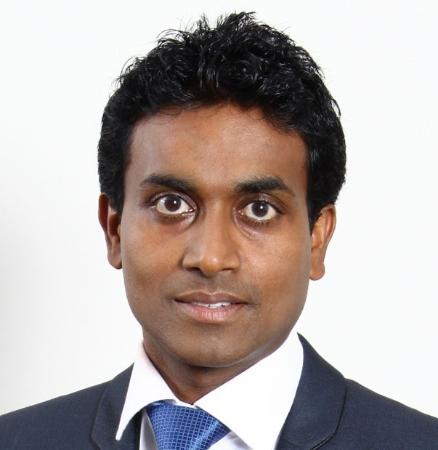Deep face recognition accurately identifies suspects in international criminal investigations
Since 2014, the use of deep learning-based face recognition has emerged as a key piece of technology for facial identity verification and matching. Such systems are now widely used, for example, at border control points, in passport applications and for surveillance, and particularly in criminal investigations.
The University of Bradford developed a state-of-the-art deep learning-based face recognition model to overcome the many challenges in face recognition. Bradford has trained machine learning models to match specific parts of the face, such as the eyes, nose and the forehead. Face-ageing algorithms also mean that the effect of age on facial images taken many years apart can be taken into account. The model can provide accurate results for practical face-matching and verification.
Hassan Ugail, Professor of Visual computing, said: “Traditional deep face recognition models use full frontal faces for training face recognition algorithms and for face-matching. However full-face information may not be available. Many facial images which are of interest in criminal investigations are not full-frontal faces. The deep features in the nose and eyes are far more important than the features of cheek or mouth. Bradford’s model is accurate, even when partial faces are presented as the visual cues for identification or verification.
“Photos of an individual taken several years apart may be gathered for comparison. Traditional face recognition systems may present challenges in matching these. Our face age progression/regression model is based on deep neural network features based on hundreds of thousand diverse faces – making it gender and ethnicity specific. The model itself has been used to generate images of missing people such as Ben Needham, Mary Boyle and Lee Boxell.”

Professor Hassan Ugail
Our face age progression/regression model is based on deep neural network features based on hundreds of thousand diverse faces – making it gender and ethnicity specific.
Professor Hassan Ugail
For investigative journalism website Bellingcat, Bradford helped identify the Russian military intelligence officers associated with the 2018 Novichok poisoning of Sergei and Yulia Skripal in Salisbury. The model compared photographs of the suspects taken at different ages, running the automatic ageing model to bring the two individuals in the picture to the point where they were directly comparable. The same face recognition algorithms compared the two aged photos. The percentage probability of a match ranged from 97.7 up to 98.4 percent, confidently identifying Anatoliy Chepiga as being the same man as Ruslan Boshirov. The same analysis was run on the man known as Alexander Petrov, who had visited Salisbury with Chepiga, but was suspected to be Alexander Mishkin, also a member of the Russian military intelligence, again with the same result.
In 2018, the New York Times reported that the US-based journalist and critic of Saudi Arabia’s government Jamal Khashoggi was killed by a team of 15 people from Saudi Arabia who were sent to the Saudi Embassy in Turkey. The Times has cited senior officials of the Saudi government and a forensic expert was involved in the killing of Khashoggi. The journalists from the New York Times identified some of the suspects based on the CCTV footage received from inside Istanbul airport and needed to verify the identities of the individuals. They trawled through several social media outlets looking for the profiles of the suspects and their photos online.
Bradford was asked to look at the similarities between the CCTV images and those from social media. Bradford’s deep face model was able to match the CCTV images with images from social media. In one case, a suspect was wearing a fake beard to disguise his appearance was also accurately identified by the deep face recognition model. Based on the findings reported by the New York Times, the Turkish authorities used these data when investigating the disappearance of Khashoggi.
Bradford also worked with BBC reporters to help identify an alleged Nazi war criminal, who had settled in the UK and may have been protected from prosecution by MI6 as a former Cold War spy.
Find out more
As part of our Research in Conversation series of videos, Professor Hassan Ugail discusses his Facial Recognition and Artificial Intelligence research with Dr Emma Brown, detailing how that has helped in international criminal investigations.
